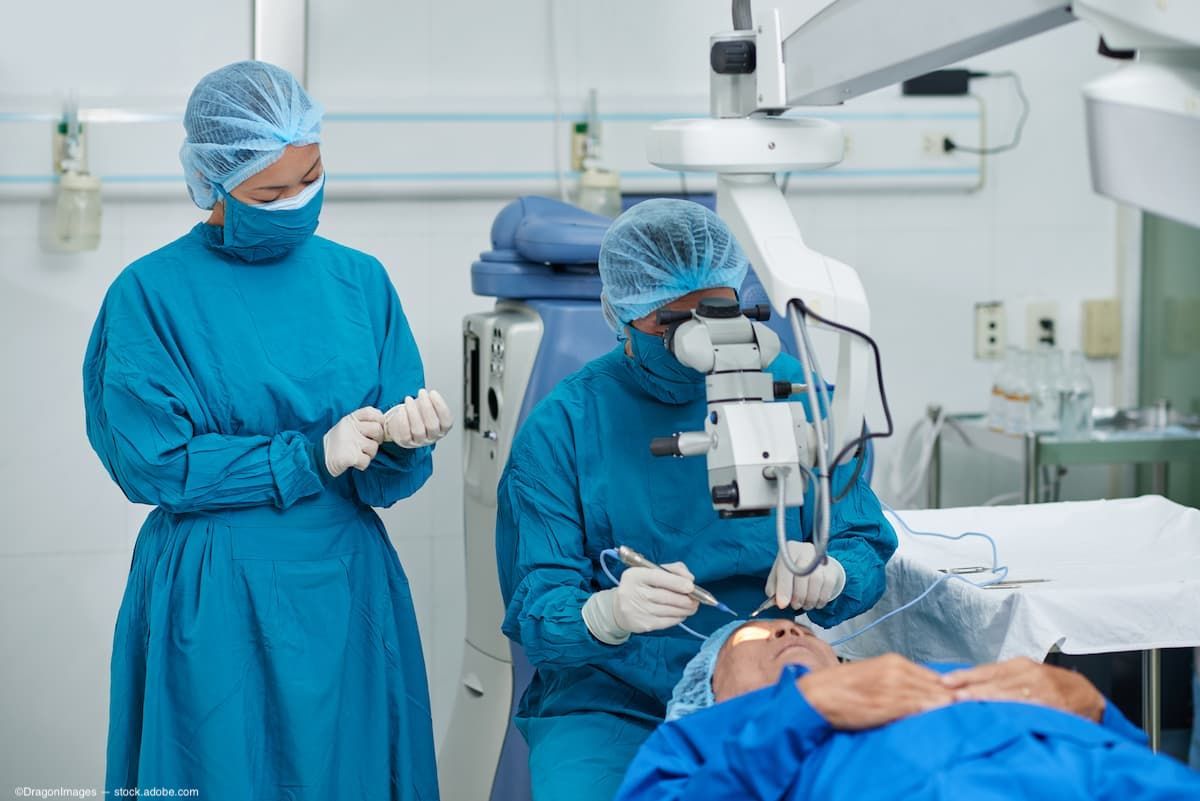Cataract surgery pre-treatment with miLoop
A recent study showed that adjunctive fragmentation pre-treatment of the crystalline lens using the miLoop showed improved lensectomy time and fluidic efficiency
(Image Credit: AdobeStock/DragonImages)

A recent study showed that adjunctive fragmentation pre-treatment of the crystalline lens using the miLoop (Zeiss) technology during cataract surgery showed improved lensectomy time and fluidic efficiency compared to femtosecond laser pre-treatment and no pre-treatment, according to first author Tsontcho Ianchulev, MD, MPH, Professor of Ophthalmology at the Icahn School of Medicine at Mount Sinai and Director of Ophthalmic Innovation and Technology at New York Eye and Ear Infirmary of Mount Sinai, New York. Ianchulev and colleagues presented their findings during the American Society of Cataract and Refractive Surgery annual meeting in Boston.1
This increased efficiency was demonstrated in a large study of 557 consecutive eyes that underwent cataract surgeries performed by 12 surgeons.
Ianchulev and colleagues reported achieving successful full lensectomies in all eyes using cavitation-free subsonic lensectomy. The average baseline cataract densities were 2.28, 2.39, and 2.22, respectively, in the no pre-treatment, miLoop pre-treatment, and femtolaser pre-treatment groups.
The investigators said, “The nucleus evacuation times were 24% and 19% faster with miLoop and femto pre-treatment, respectively, compared to no pre-treatment. The irrigation/aspiration time efficiency was 14% better with miLoop and 41% slower with femto-pre-treatment versus no pre-pre-treatment. miLoop was associated with 24% efficiency in irrigation fluid used during irrigation/aspiration, while femto use resulted in 70% more irrigation fluid needed.”
The investigators concluded that adjunctive fragmentation pre-treatment using the miLoop technology resulted in improved lensectomy time and fluidic efficiency compared to both femtosecond pre-treatment and no pre-treatment. Subsonic cool-tip lensectomy, with or without adjunctive lens pre-treatment, achieved safe and efficient cataract extraction.